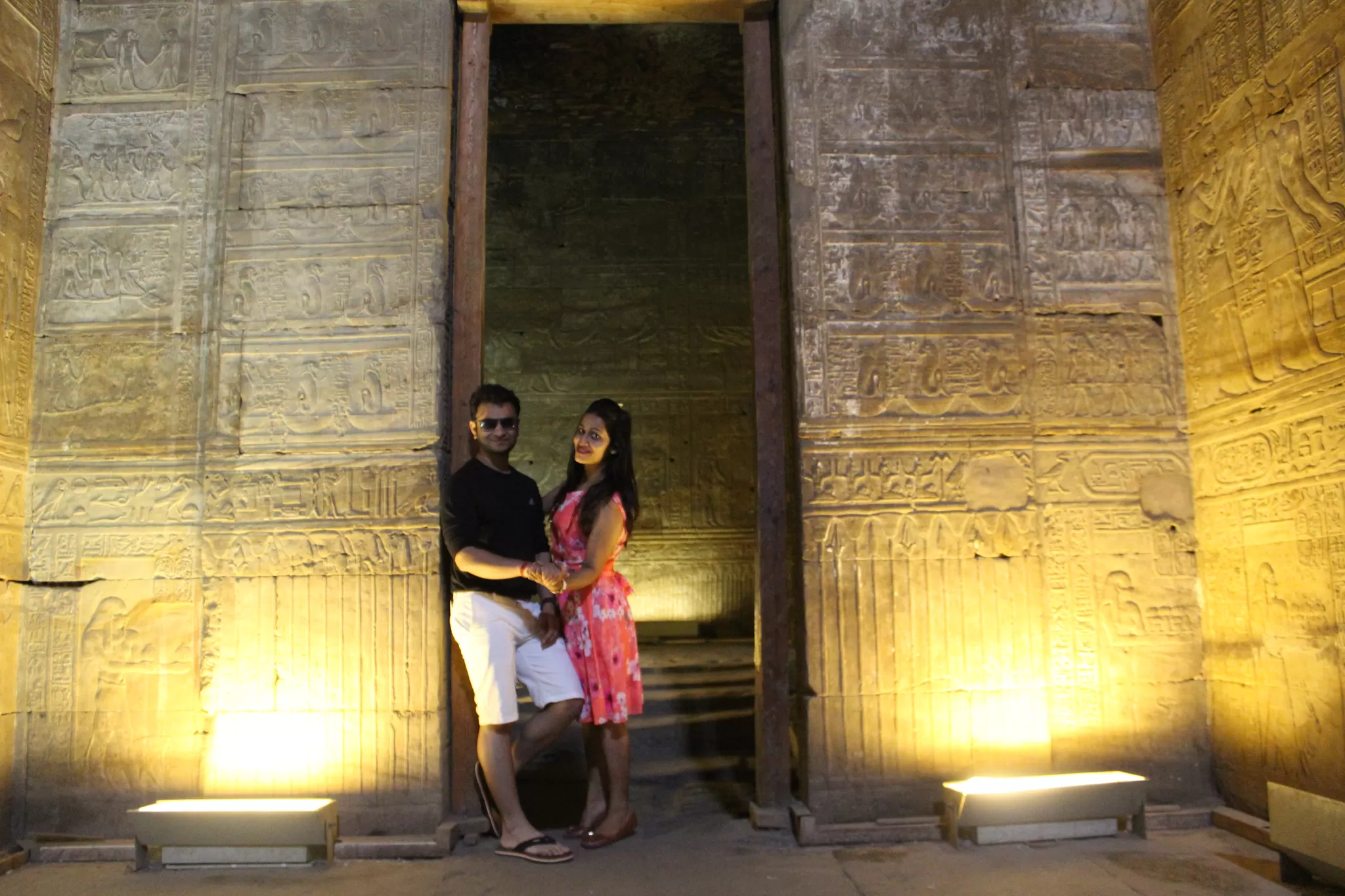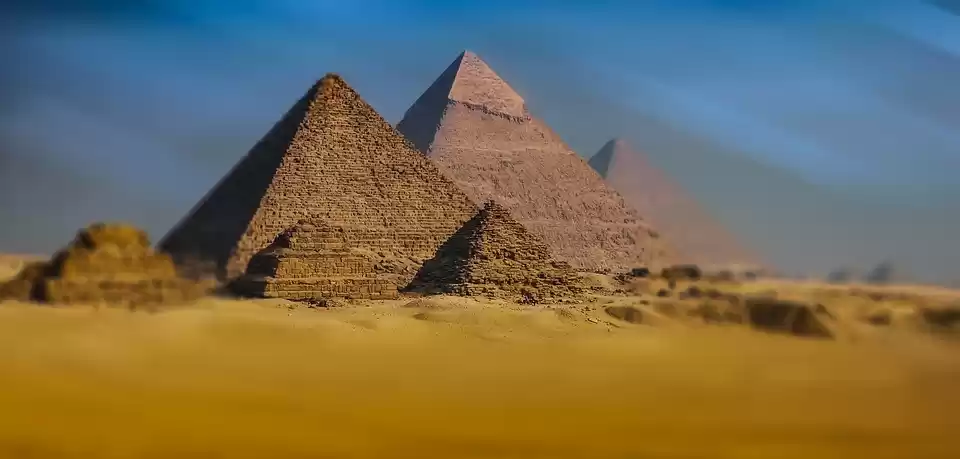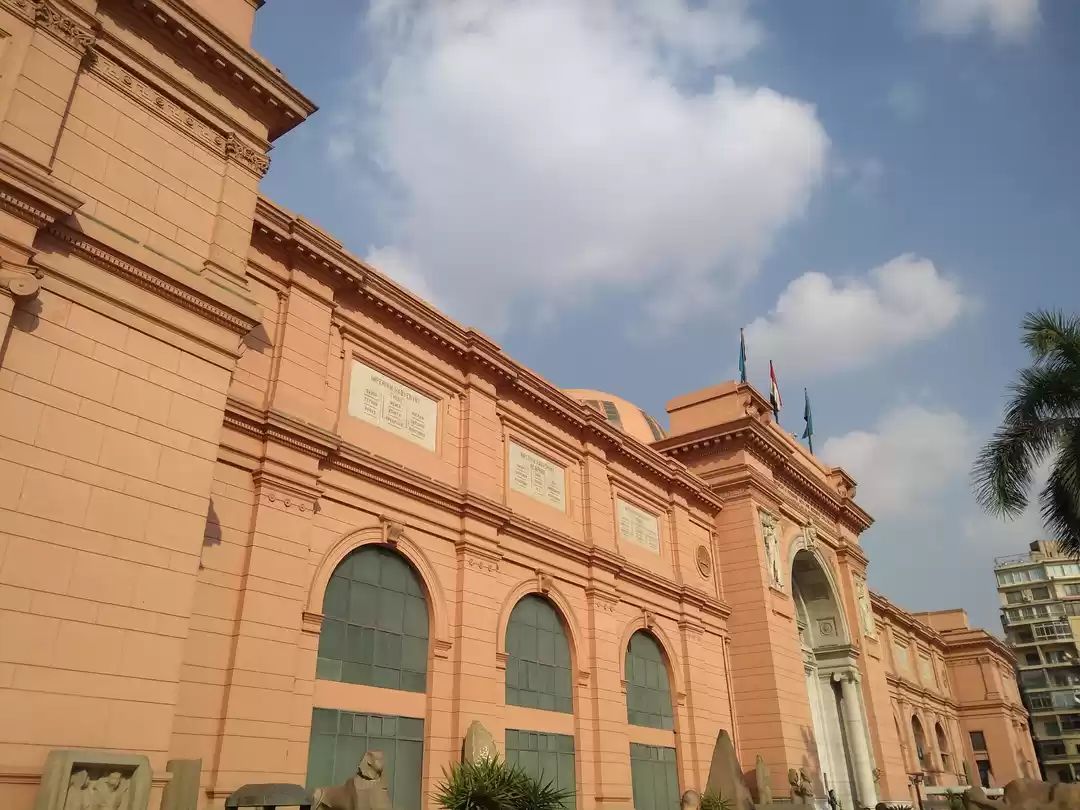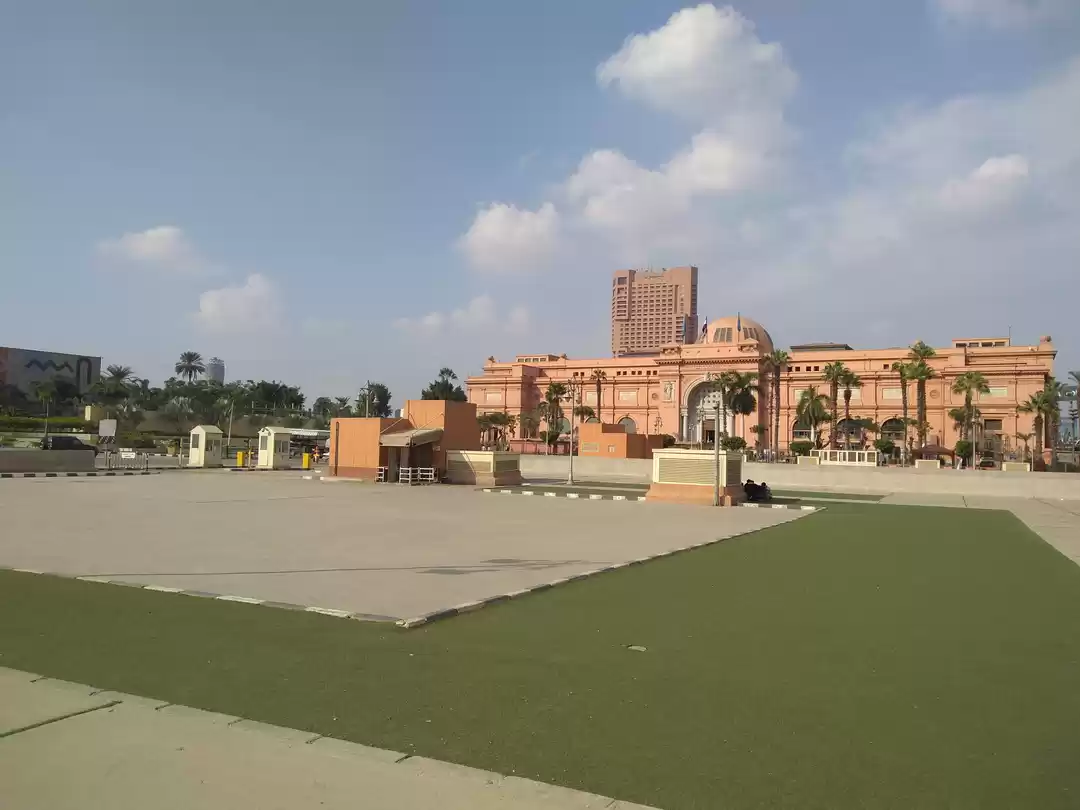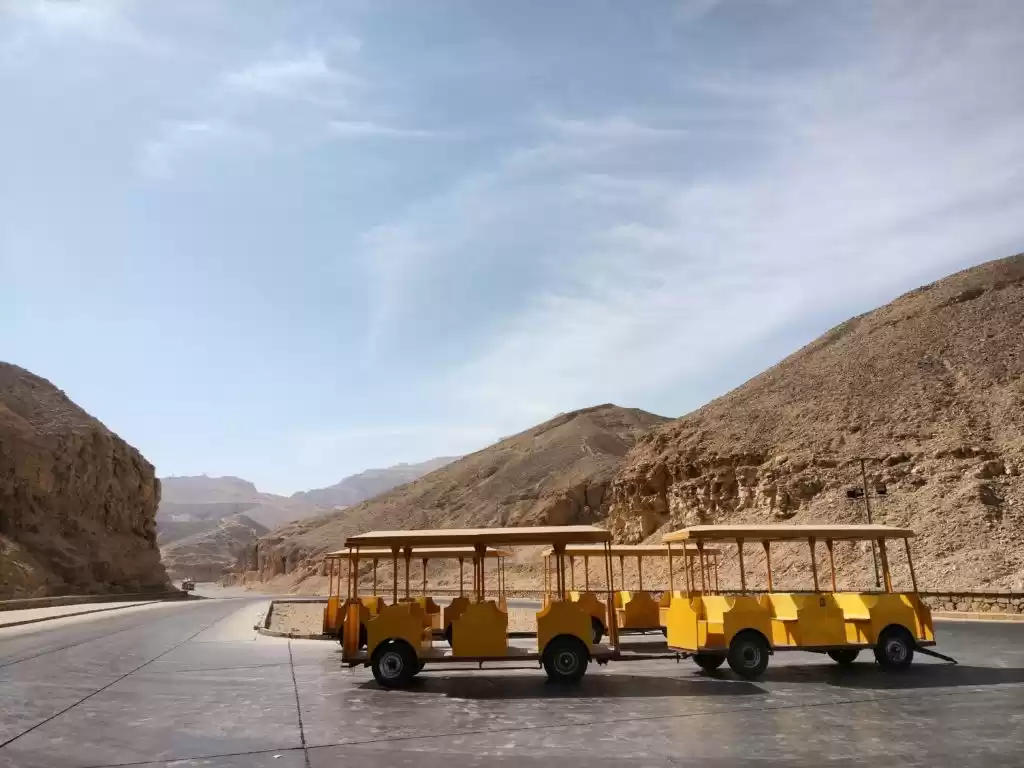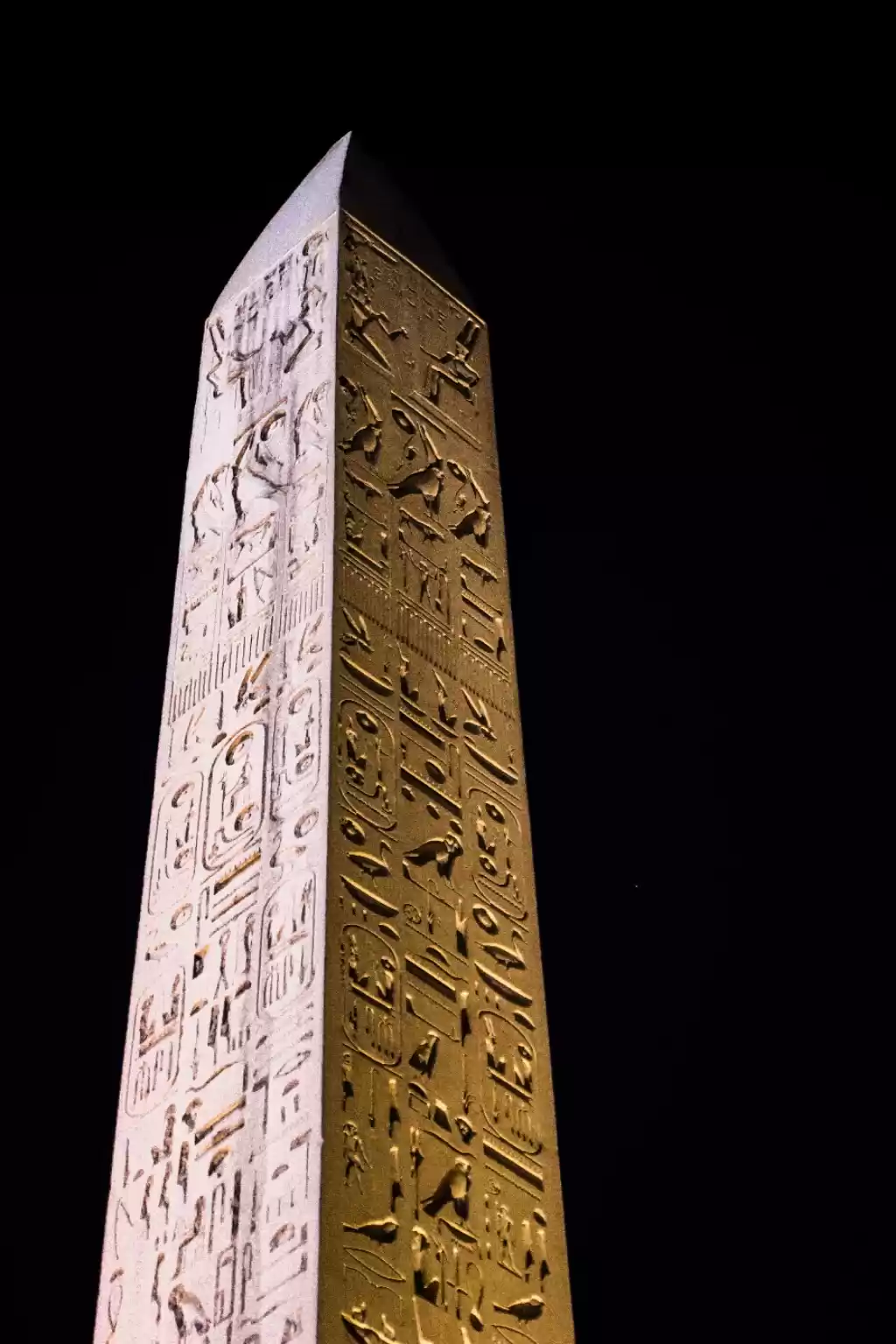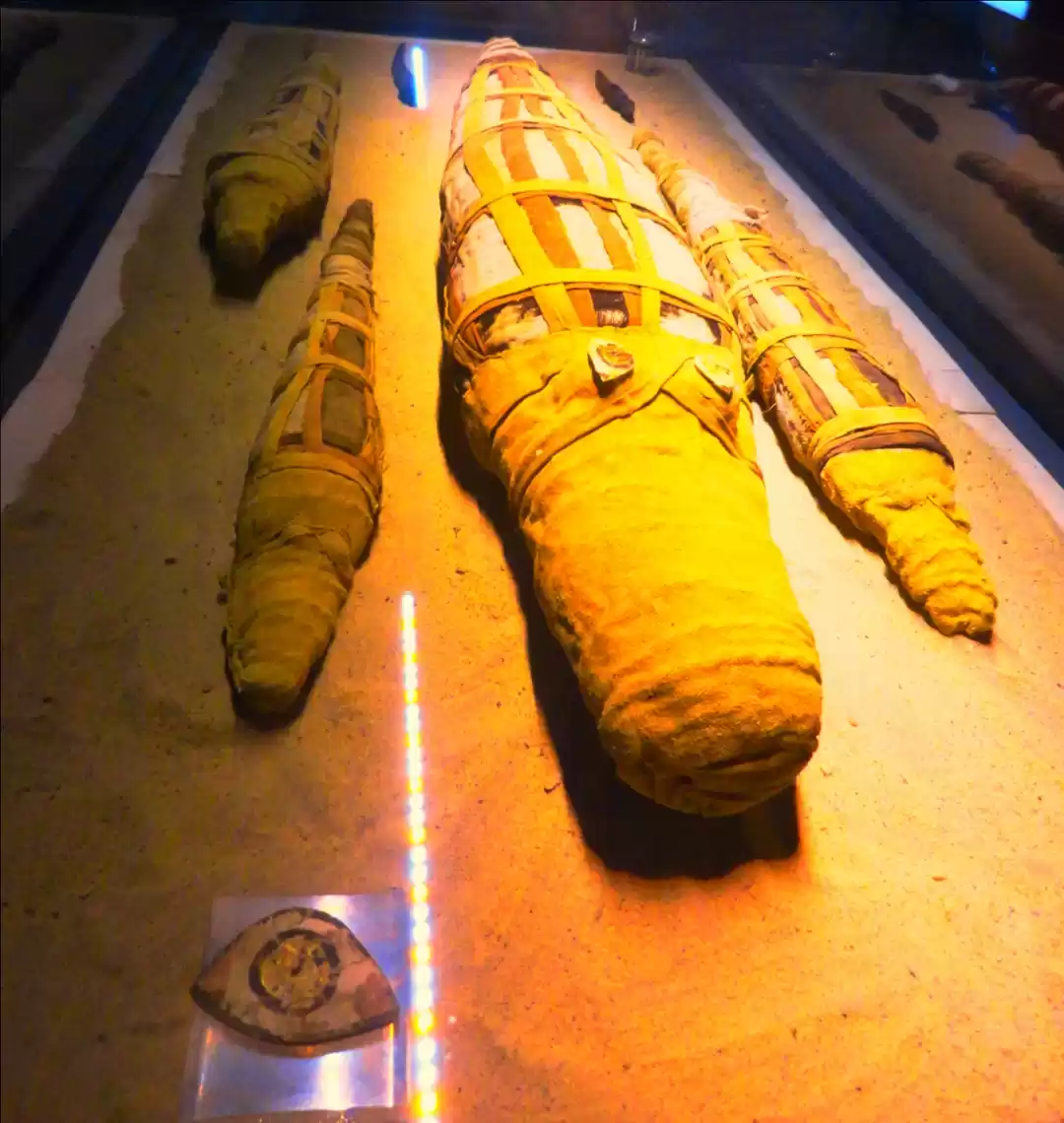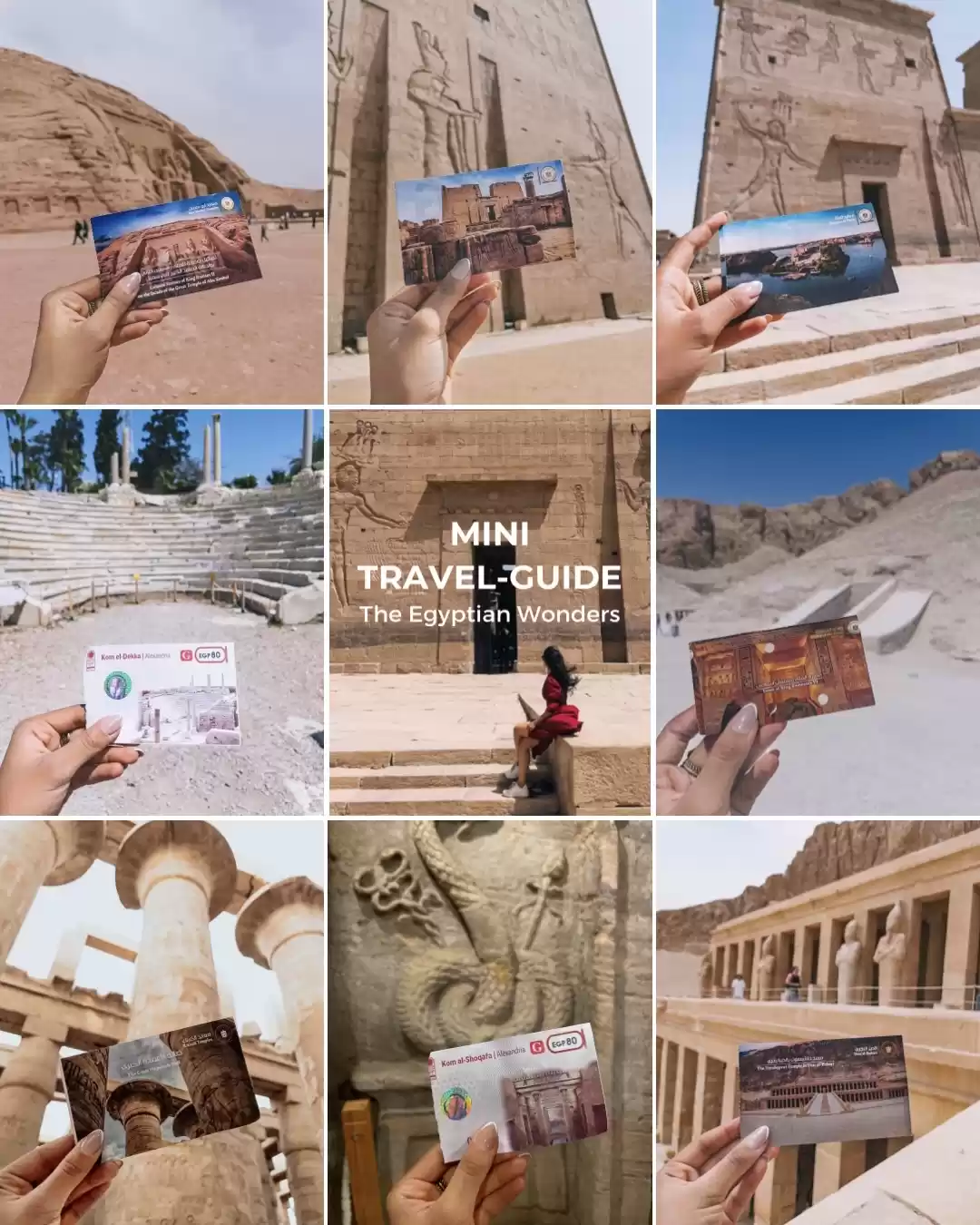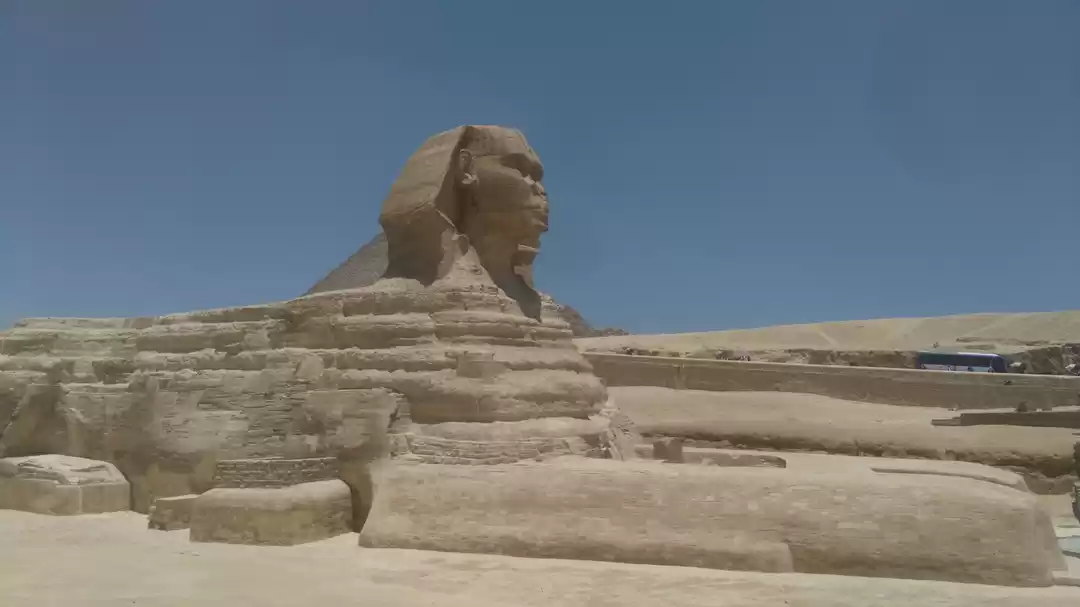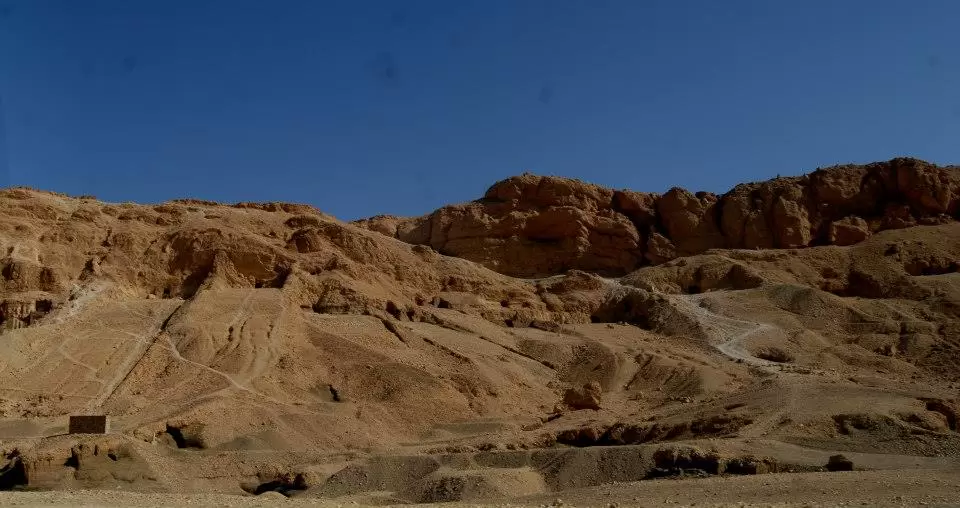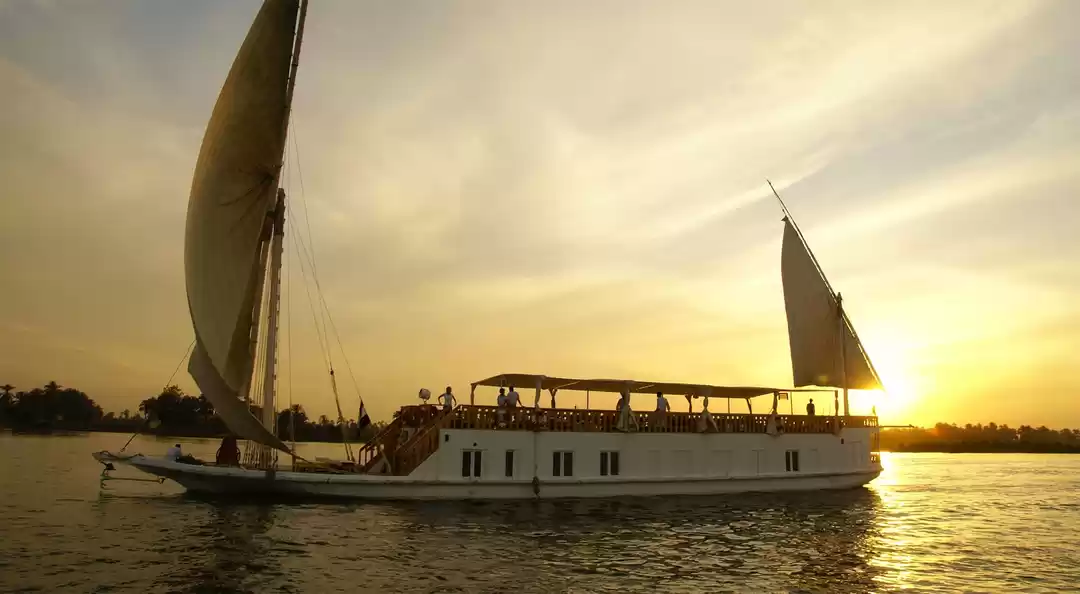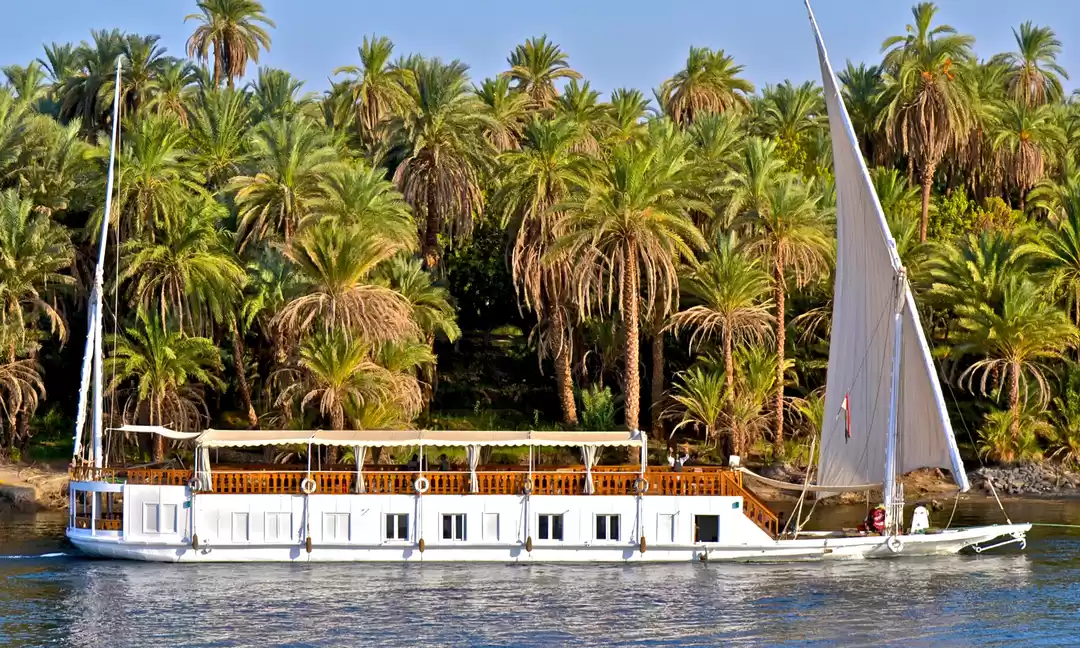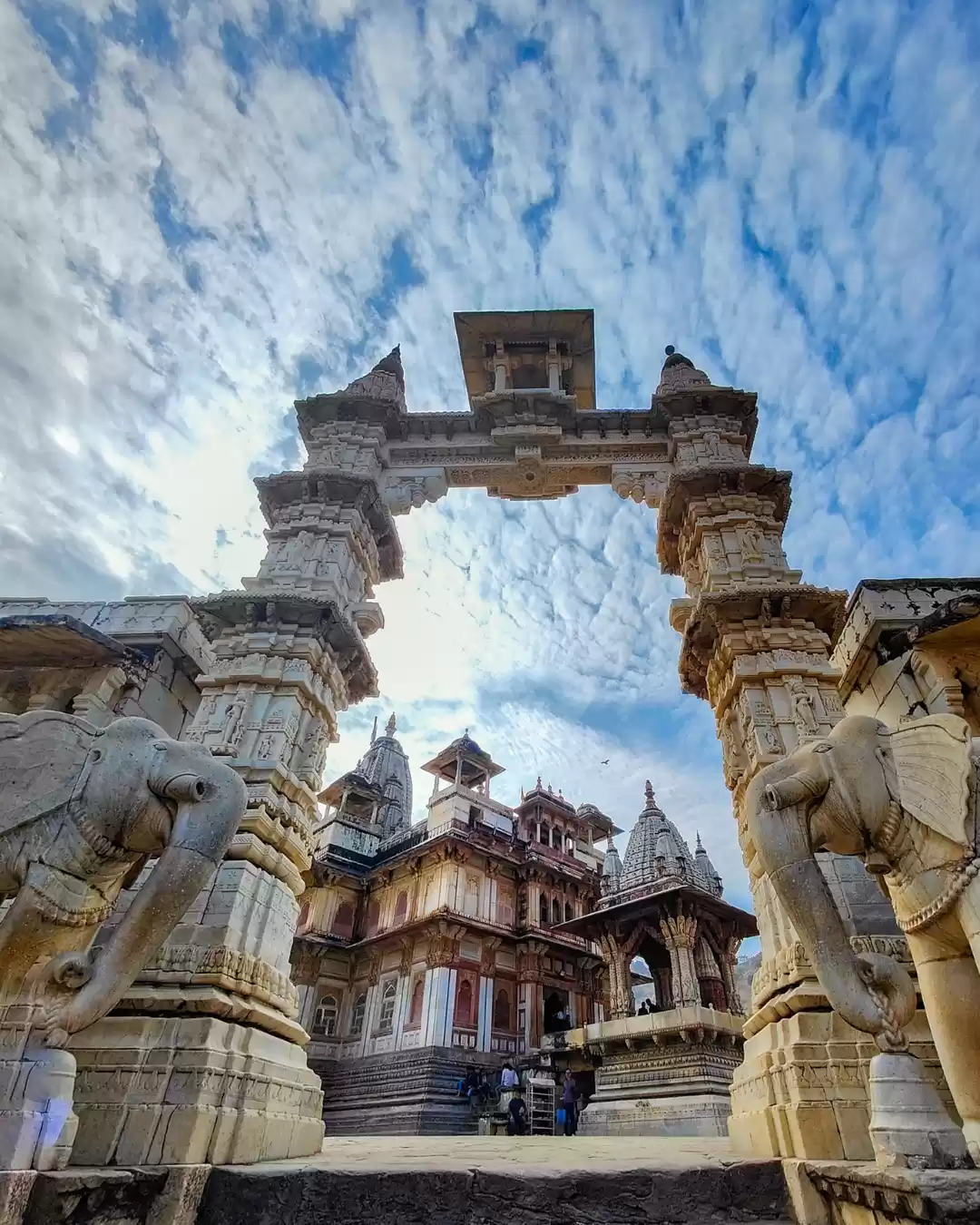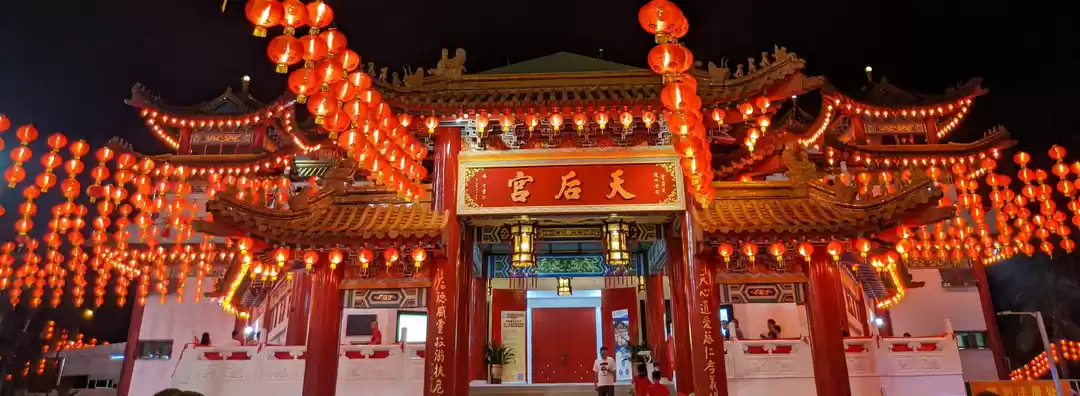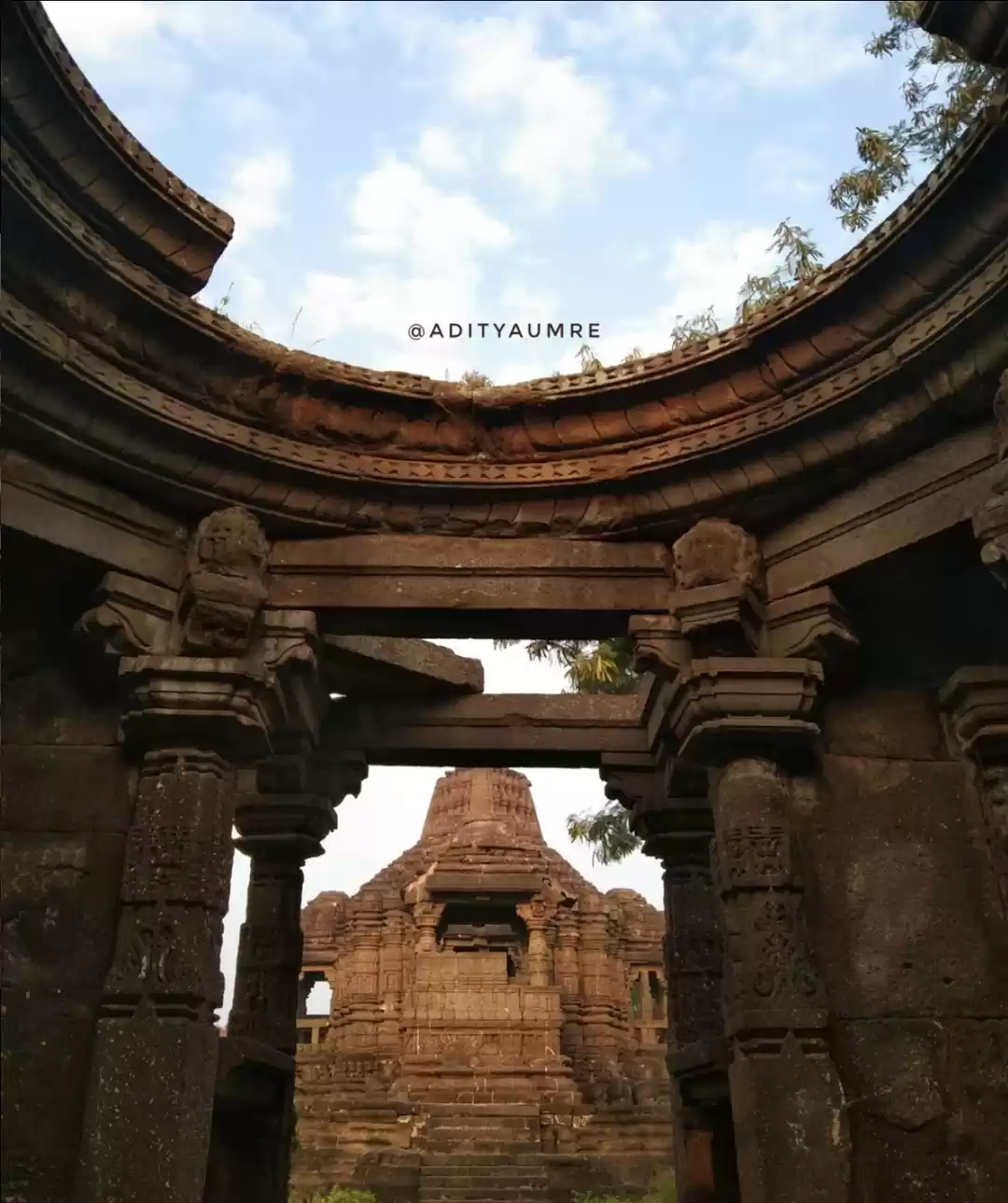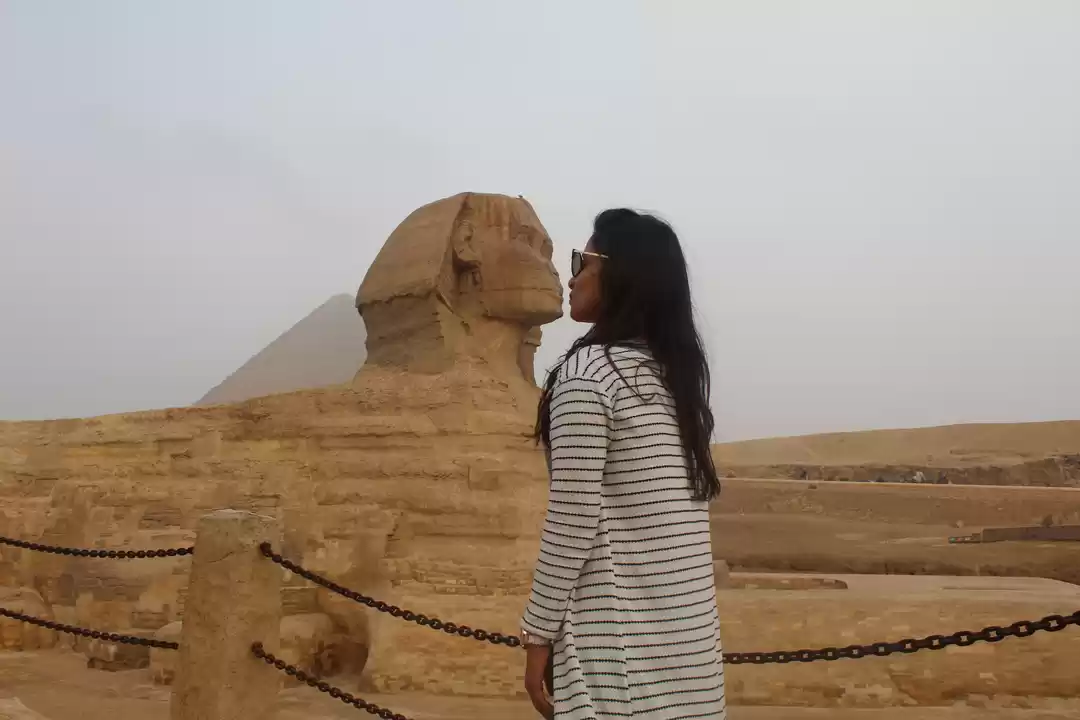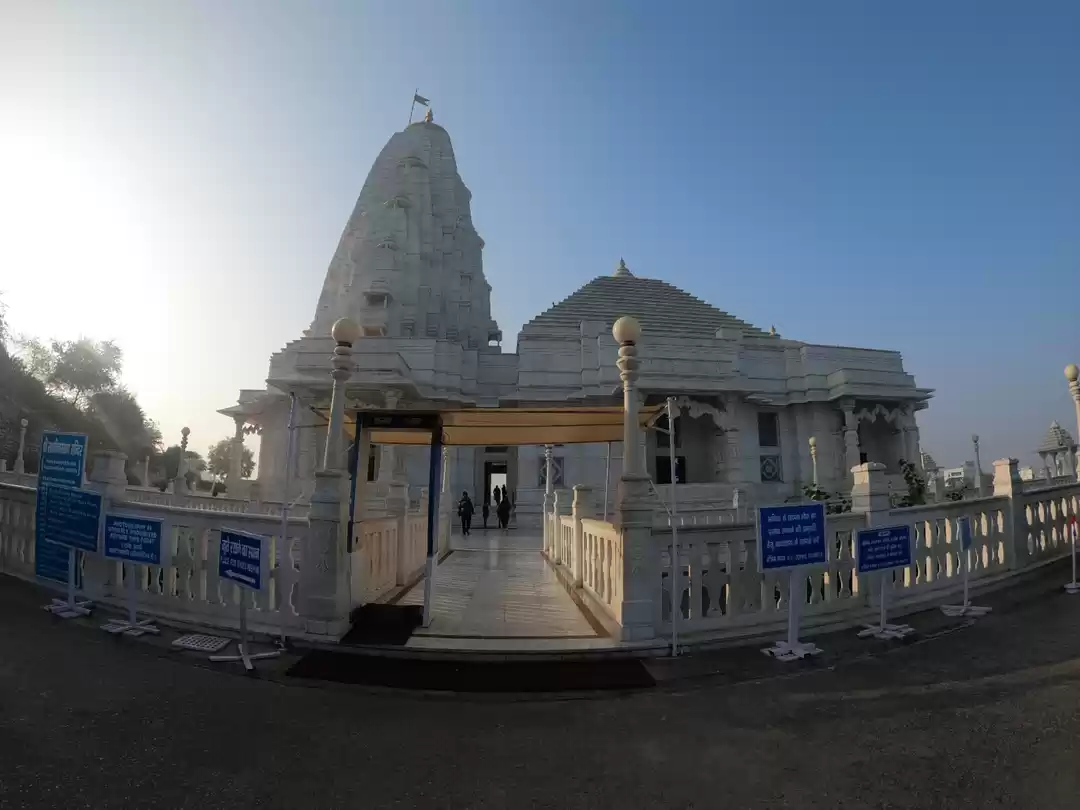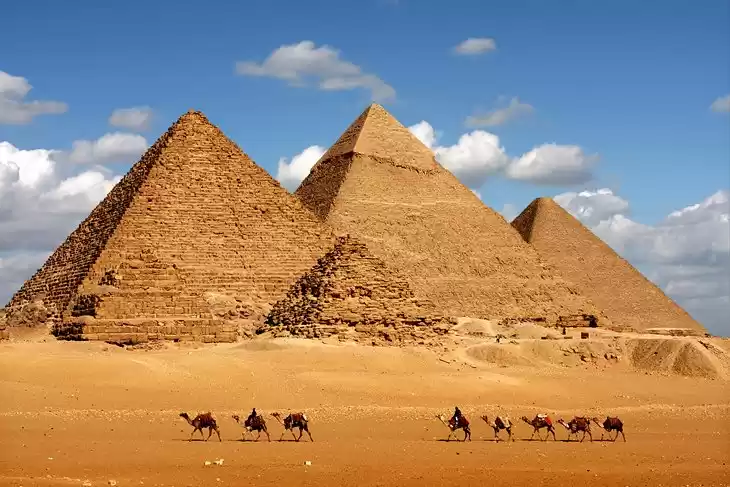Have you ever wondered what it would be like to visit a temple that was built for two gods? If so, then you should definitely add the Temple of Kom Ombo to your Egypt itinerary. This remarkable temple is one of the most distinctive and impressive monuments along the Nile, and it offers a glimpse into the ancient Egyptian religion and culture.
The Temple of Kom Ombo is located about 50 km north of Aswan, on a bend of the river that was once a strategic point for trade and defense. The temple was constructed during the Ptolemaic and Roman periods, between the 2nd century BC and the 2nd century AD, and it was dedicated to two gods: Sobek, the crocodile god of fertility and protection, and Haroeris, a form of Horus, the falcon god of kingship and healing.
The temple is unique in its design and layout, as it is divided into two symmetrical halves, each with its own entrance, court, hall, sanctuary, and chapel. The two sides mirror each other, but they also have their own distinctive features and decorations. The temple is richly adorned with reliefs and inscriptions that depict the cultic rituals and the Ptolemaic kings who built and restored the temple. The temple also has a small museum that displays mummified crocodiles and other artifacts related to the worship of Sobek.
In this article, we will explore the history and architecture of the Temple of Kom Ombo, and we will also give you some practical information and tips on how to visit this amazing site. We will also recommend some nearby attractions that you can combine with your temple visit, such as Aswan, Edfu, and Philae. Whether you are a history buff, a culture lover, or a curious traveler, you will find something to enjoy and appreciate at the Temple of Kom Ombo.
History of the Temple
The Temple of Kom Ombo has a long and complex history that spans several dynasties and eras. The site was originally a sacred place for the local Nubian people, who worshipped a crocodile deity called Sobek. The first temple was built by the 18th dynasty pharaohs, such as Thutmose III and Amenhotep III, who added a small shrine to honor Sobek.
The temple was expanded and renovated by the Ptolemaic kings, who ruled Egypt from the 4th to the 1st century BC. The Ptolemies were of Greek origin, but they adopted the Egyptian religion and culture, and they built many temples and monuments to please the local gods and people. The Ptolemies also added a second god to the temple, Haroeris, a form of Horus, the god of kingship and healing. Haroeris was associated with the sun and the sky, and he was often depicted as a falcon or a man with a falcon head. The Ptolemies wanted to balance the worship of Sobek, who was associated with the water and the underworld, and who was often depicted as a crocodile or a man with a crocodile head.

The temple reached its final form and size under Ptolemy VI Philometor, who reigned from 180 to 145 BC. He built the main entrance, the two courts, the two halls, and the two sanctuaries. He also decorated the temple with elaborate reliefs and inscriptions that showed him making offerings and performing rituals to the two gods. The temple was further embellished by his successors, such as Ptolemy VIII Euergetes II, Ptolemy XII Auletes, and Cleopatra VII, the last Ptolemaic ruler of Egypt.
The temple was also used and modified by the Roman emperors, who conquered Egypt in the 1st century BC. The Romans added some structures and decorations to the temple, such as a gate, a staircase, and a birth house. The Romans also respected and honored the two gods, and they depicted themselves as pharaohs in the temple reliefs.
The temple was abandoned and neglected after the rise of Christianity in the 4th century AD, and it suffered from natural disasters, such as floods, earthquakes, and erosion. The temple was partially buried under sand and rubble, and some of its stones were reused for other buildings. The temple was also a home for crocodiles, who lived in the Nile and were revered by the locals until the 19th century.
The temple was rediscovered and excavated by several archaeologists and explorers in the 19th and 20th centuries, such as Jean-François Champollion, the decipherer of the hieroglyphs, and Jacques de Morgan, the director of the Egyptian Antiquities Service. The temple was also restored and conserved by the Egyptian authorities and the UNESCO, who protected it from the rising waters of the Aswan High Dam in the 1960s.
The temple is still an active archaeological site, and new discoveries are being made every year. In 2018, a team of Egyptian and Swiss archaeologists found a sandstone sphinx, a statue of a Ptolemaic queen, and a cache of coins and pottery at the temple.
Architecture of the Temple
The Temple of Kom Ombo is a masterpiece of ancient Egyptian architecture, and it is unique in its design and layout. The temple is divided into two symmetrical halves, each dedicated to one of the two gods. The two halves are identical in size and shape, but they have their own distinctive features and decorations. The temple is oriented from east to west, and it faces the Nile, which was the source of life and prosperity for the ancient Egyptians.
The temple has a rectangular plan, and it measures about 100 meters long and 60 meters wide. The temple consists of several elements, such as the entrance, the court, the hall, the sanctuary, and the chapel. The temple also has a small museum that displays mummified crocodiles and other artifacts related to the worship of Sobek.

The entrance of the temple is located on the eastern side, and it is flanked by two towers that have reliefs of the Ptolemaic kings smiting their enemies. The entrance leads to the first court, which is an open space surrounded by columns and walls. The court has a central altar, where the priests performed sacrifices and offerings to the two gods. The court also has a well, where the priests purified themselves before entering the temple.
The first court leads to the second court, which is also an open space with columns and walls. The second court has a staircase that leads to the roof, where the priests observed the stars and the movements of the sun and the moon. The second court also has two small rooms, one for storing the sacred boats of the two gods, and the other for storing the sacred animals of Sobek, such as crocodiles and geese.
The second court leads to the first hall, which is a covered space with 10 columns and 5 doors. The hall has reliefs and inscriptions that depict the Ptolemaic kings making offerings and performing rituals to the two gods. The hall also has a famous scene that shows the ancient Egyptian calendar, which was based on the cycles of the sun, the moon, and the Nile. The hall also has a remarkable scene that shows the ancient Egyptian medical instruments, such as scalpels, scissors, forceps, and needles.
The first hall leads to the second hall, which is also a covered space with 10 columns and 3 doors. The hall has reliefs and inscriptions that depict the Ptolemaic kings and the Roman emperors making offerings and performing rituals to the two gods. The hall also has a fascinating scene that shows the ancient Egyptian crocodile hunt, which was a dangerous and daring activity.
The second hall leads to the sanctuary, which is the most sacred and important part of the temple. The sanctuary is a small room that has a niche, where the statue of the god was placed. The sanctuary also has a window, where the sun rays illuminated the statue of the god. The sanctuary also has a crypt, where the priests stored the sacred objects and texts of the temple.
The sanctuary leads to the chapel, which is a small room that has an altar, where the priests offered incense and prayers to the god. The chapel also has a birth house, where the god was reborn every year. The chapel also has a staircase, where the priests descended to the Nile, where the god was bathed and refreshed.
The temple has two halves, each dedicated to one of the two gods. The northern half is dedicated to Haroeris, and it has a falcon motif on its columns and walls. The southern half is dedicated to Sobek, and it has a crocodile motif on its columns and walls. The two halves are connected by a corridor, where the priests communicated and coordinated the worship of the two gods.
Decorations of the Temple
The Temple of Kom Ombo is richly decorated with reliefs and inscriptions that depict the ancient Egyptian religion and culture. The temple has more than 3000 square meters of carved stone, and it has more than 7000 hieroglyphic signs. The temple has scenes and symbols that represent the two gods, their attributes, their myths, and their cults.
Crocodile Museum
One of the most interesting and unique features of the Temple of Kom Ombo is the Crocodile Museum, which is located near the entrance of the temple. The museum is a small building that displays mummified crocodiles and other artifacts related to the worship of Sobek, the crocodile god.

The ancient Egyptians had a complex and ambivalent relationship with crocodiles, as they both feared and revered them. Crocodiles were seen as symbols of fertility and protection, as they controlled the waters of the Nile and ensured its annual flooding, which brought life and prosperity to the land. Crocodiles were also seen as symbols of danger and destruction, as they could attack and devour humans and animals.
The ancient Egyptians believed that Sobek was the lord of the crocodiles, and that he could influence their behavior and appease their hunger. They also believed that Sobek was a powerful and benevolent god, who could heal diseases, protect the pharaoh, and ensure the afterlife. They built temples and shrines for Sobek along the Nile, especially in areas where crocodiles were abundant and active.
The Temple of Kom Ombo was one of the main centers of the cult of Sobek, and it had a special relationship with the crocodiles that lived in the Nile nearby. The priests of the temple cared for and fed the crocodiles, and they also captured and mummified them. The mummified crocodiles were considered sacred and were buried in tombs or offered to the god in the temple. The priests also collected the eggs and hatchlings of the crocodiles, and they raised them in a pool inside the temple.
The Crocodile Museum displays some of the mummified crocodiles that were found at the temple, as well as some of the objects and tools that were used for their capture and preservation. The museum has more than 40 mummified crocodiles of different sizes and ages, some of them still wrapped in linen bandages. The museum also has some statues, jewelry, amulets, and coins that depict Sobek or have a crocodile motif. The museum also has some information panels and photos that explain the history and significance of the crocodile cult in ancient Egypt.
The Crocodile Museum is a must-see attraction for anyone who visits the Temple of Kom Ombo, as it offers a rare and fascinating insight into the ancient Egyptian religion and culture. The museum is also a testament to the respect and reverence that the ancient Egyptians had for the natural world and its creatures.
How to Visit the Temple
If you are interested in visiting the Temple of Kom Ombo, you will need some practical information and tips on how to get there, when to go, and how much it costs. Here are some of the most important things you need to know before you plan your trip:
How to get there:
The Temple of Kom Ombo is located about 50 km north of Aswan, and about 150 km south of Luxor, on the west bank of the Nile. You can reach the temple by different means of transportation, such as car, bus, train, or boat. The most common and convenient way to visit the temple is by taking a Nile cruise, which usually stops at the temple for a few hours. You can also hire a private car or a taxi from Aswan or Luxor, which will take you to the temple and wait for you while you explore it. You can also take a public bus or a train from Aswan or Luxor, which will drop you off at the town of Kom Ombo, where you can walk or take a local taxi to the temple. The journey from Aswan or Luxor to the temple takes about an hour by car, and about two hours by bus or train.
When to go:
The Temple of Kom Ombo is open every day from 9 am to 5 pm, and it also has a sound and light show every night from 7 pm to 9 pm. The best time to visit the temple is in the morning or in the late afternoon, when the temperature is cooler and the crowds are smaller. The temple is especially beautiful at sunset, when the sun rays illuminate the stone and create a magical atmosphere. The temple is also less crowded during the low season, which is from May to September, when the weather is very hot and dry. The temple is more crowded during the high season, which is from October to April, when the weather is mild and pleasant, and when most of the Nile cruises operate.
How much it costs:
The entrance fee to the Temple of Kom Ombo is 100 Egyptian pounds (about 6 US dollars) for adults, and 50 Egyptian pounds (about 3 US dollars) for students. The entrance fee to the Crocodile Museum is included in the ticket. The sound and light show costs 150 Egyptian pounds (about 9 US dollars) for adults, and 75 Egyptian pounds (about 4.5 US dollars) for students. You will also need to pay extra for transportation, guide, camera, and tips.
Nearby Attractions
If you are visiting the Temple of Kom Ombo, you might also want to check out some of the nearby attractions that are worth seeing. The area around the temple has a lot of historical and cultural sites that you can explore and enjoy. Here are some of the most popular and interesting places that you can visit near the temple:

Aswan:
Aswan is the nearest city to the temple, and it is one of the most beautiful and charming places in Egypt. Aswan is located on the banks of the Nile, and it has a relaxed and laid-back atmosphere. Aswan has a lot of attractions and activities that you can do, such as visiting the Aswan High Dam, the Unfinished Obelisk, the Philae Temple, the Nubian Museum, and the Elephantine Island. You can also take a felucca ride on the Nile, or a camel ride in the desert. You can also enjoy the local cuisine and culture, and shop for souvenirs and handicrafts at the colorful markets and bazaars.

Edfu:
Edfu is another town that is located on the west bank of the Nile, about 60 km north of the temple. Edfu is famous for its magnificent temple, which is dedicated to Horus, the god of the sky and kingship. The Temple of Edfu is one of the best-preserved and largest temples in Egypt, and it dates back to the Ptolemaic period. The temple has a majestic entrance, a large court, a hypostyle hall, a sanctuary, and a chapel. The temple is also decorated with elaborate reliefs and inscriptions that depict the myths and rituals of Horus and his consort, Hathor. The temple also has a small museum that displays some of the artifacts and objects that were found at the site.
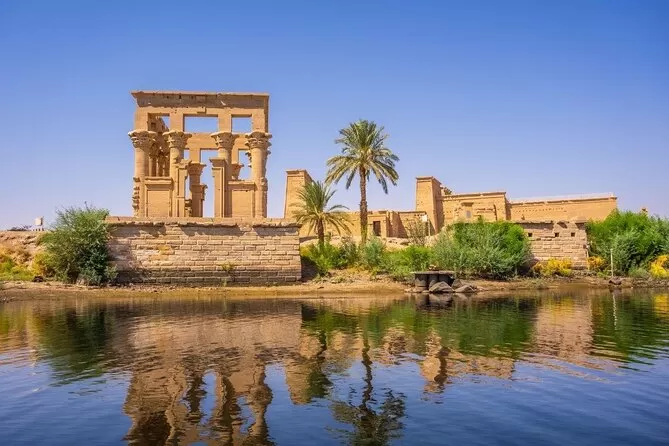
Philae:
Philae is an island that is located in the reservoir of the Aswan High Dam, about 12 km south of Aswan. Philae is home to one of the most beautiful and romantic temples in Egypt, which is dedicated to Isis, the goddess of magic and love. The Temple of Philae was built during the Ptolemaic and Roman periods, and it was one of the last bastions of the ancient Egyptian religion. The temple has a splendid entrance, a court, a hall, a sanctuary, and a chapel. The temple is also adorned with exquisite reliefs and inscriptions that depict the legends and mysteries of Isis and her husband, Osiris. The temple was relocated from its original location to the island of Agilkia in the 1960s, to save it from the rising waters of the dam. The temple is also illuminated by a sound and light show every night, which tells the story of the temple and its goddess.
These are some of the nearby attractions that you can visit near the Temple of Kom Ombo. You can easily combine them with your temple visit, and enjoy a full day of sightseeing and adventure. You can also find more places to visit in Egypt, such as Luxor, Cairo, Alexandria, and the Red Sea, by exploring our website and booking your trip with us.
The Temple of Kom Ombo is one of the most unique and impressive monuments in Egypt, and it is a must-see attraction for anyone who loves history and culture. The temple offers a rare and fascinating insight into the ancient Egyptian religion and culture, and it showcases the remarkable architecture and art of the Ptolemaic and Roman periods. The temple is also a great place to enjoy the scenic views and the serene atmosphere of the Nile, and to experience the local life and traditions of the area.
We hope that this article has given you a comprehensive and informative guide to the Temple of Kom Ombo, and that it has inspired you to visit this amazing site. We also hope that you have learned something new and interesting about the temple, its history, its architecture, and its decorations. We also hope that you have enjoyed reading this article, and that you have found it useful and helpful for your trip planning.
If you have any questions or comments about the Temple of Kom Ombo, or if you want to share your experience and feedback with us, please feel free to contact us or leave a comment below. We would love to hear from you and to help you with your travel needs. Thank you for reading and happy travels!


